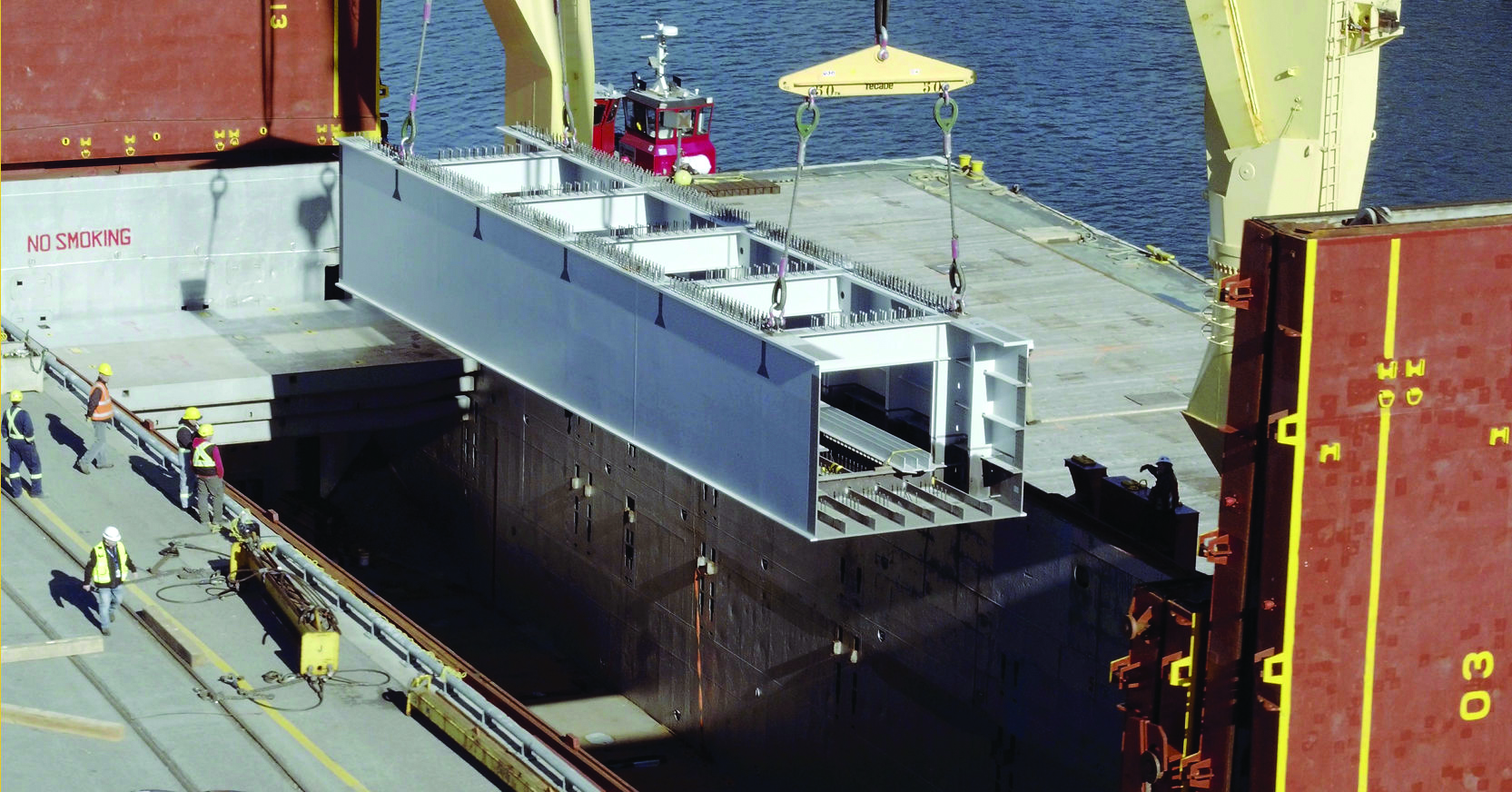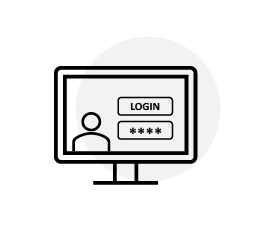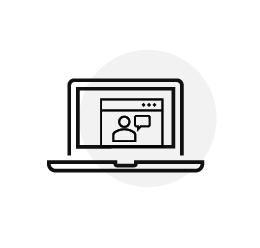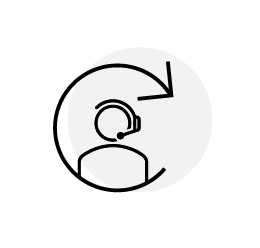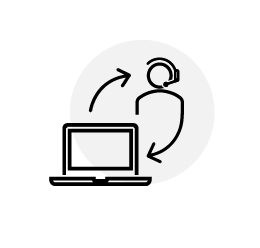
A case study of the Maritime Employers Association
A complete digital transformation to optimize operations and communications.
Maritime Employers Association
The Scenario
The management team at the Maritime Employers Association (MEA) had been considering a complete digital shift. They hoped for a new and more optimal operational process which would improve communication and facilitate productivity in the management of labour relations between shipping companies and the 1,700 employees in the East of Canada who unload and load ships in ports.
Customer objectives
Obtain a working tool to
optimise and facilitate operational processes and communications in the
management of labour relations between shipping companies and employees.
Provide a real-time
collaboration and communication tool.
Ensure productivity tools and a
cloud infrastructure always have access to files.
Extract, transform, upload, and
analyze company data in addition to developing dashboards using Microsoft Power
BI to enable managers and leaders to consult strategic information and thus,
make informed decisions quickly.
Provide data security and user
rights.
Train employees to establish
autonomy.
The project, as told by MEA
Required expertise
The Mandate
MEA has used a computer application to meet its operational needs for over 40 years, however, the technology being used was simply not adequate to meet their modernization goals.
Since ship arrivals and departures do not follow a reliable schedule, longshoremen and checkers deployed by MEA must work on ever changing schedules on behalf of different employer accounts. The proposed solution had to make it possible to automate the deployment of workers by following a very specific criterion. It was important that the solution be flexible, with room for evolution over time. In addition, MEA asked that a business intelligence (BI) structure be developed and that all the data be accounted for to offer optimized dashboards that help in strategic decision making.
Aware of technological complexities and the potential issues and risks related to an ambitious project such as this, the MEA management team considered it essential to have a clear vision. They established a very high criteria to aid in their selection of the IT supplier that would support them, in what would become a historic shift for their company and industry. In addition to offering a custom application, the IT supplier would have to be able to implement a cloud structure as well as collaboration and productivity tools. Finally, the chosen supplier would have to be able to support MEA once the project was completed; they must offer continued technical support, constant improvement of the IT infrastructure, and cybersecurity.

The “Blackbox” Project
To develop a complete digital transformation strategy, while following a precise budget and timeline, our team first focused on understanding MEA’s current operations, challenges, and future needs.
After a thorough analysis of all data, Kezber’s functional analysts, application development specialists, IT experts, and business intelligence strategists worked together to develop an action plan that would enable the client to achieve its objectives.
Workforce management
Objective: Achieve a complete digital shift
that optimizes operational processes.
Solution: Create a tailor-made application (nicknamed Blackbox) to automate the assignment of employees to various ports. Automating labour management would be achieved by following strict union rules and criteria while also calculating various factors such as weather, geolocation of boats, and many other variables that impact needs in manpower.
Optimize collaboration
Objective: Acquire a tool to allow for
remote and real-time communication and collaboration.
Solution: Configure and implement 1,000 Microsoft Teams licenses specifically designed for remote collaboration and allowing the sharing of projects, documents, videoconference, etc.
Business Intelligence
Objective: Increase efficiency and sharing
of strategic data knowledge.
Solution: To enable senior management, directors, and managers to make informed decisions and take advantage of the opportunities that arise, our BI experts analyzed all of MEA’s strategic data to develop a BI solution. Once consolidated, automated, and presented in the form of a dashboard, important data according to everyone’s needs could be accessed by computer, tablet, or smartphone.
Training
Objective: Train employees to ensure
customer autonomy.
Solution: Throughout the development of the
project, MEA and Kezber would
work, and did work, in close collaboration to ensure the transfer of
knowledge. Additionally, Kezber offered continuous support and repeated training
to ensure the proper use and evolution of the various platforms put in place. Still
today, MEA and Kezber continue their working partnership.
Cloud productivity
Objective: Equip employees with
productivity tools.
Solution: Facilitate the organization’s migration to Microsoft 365 which offers productivity applications such as Microsoft Word, Excel, Outlook, One Drive, and others. This migration allows for a transition to Cloud backup, permits teleworking, and simultaneous work on the same file. By granting Microsoft licenses it becomes easy to manage access to sensitive information, further protecting MEA’s IT infrastructure.
Cybersecurity
Objective: Ensure the security of the
association’s data across its entire network.
Solution: Completely migrate the organization to Microsoft 365. In doing so, access to sensitive information is controlled and a total monitoring of the infrastructure takes place. To further enhance cybersecurity, automation of certain tasks made it possible to reduce the transfer of sensitive information throughout the company.
The result
- Automatic management of personnel via the custom-created application.
- Approximately 35% increase in productivity.
- Access to telework and new collaborative working methods.
- Agile and scalable Cloud infrastructure.
- Significant reduction in repetitive tasks and therefore a decrease of possible errors.
The infrastructure is protected; only employees with specific rights have access to sensitive date.
- Thanks to the ability to view KPI’s visually in BI dashboards, decision making is more informed and executed quickly.
- A successful transition to the Modern Workplace, supported by good change management and training, ensured a proper digital transformation.
“For Kezber, the MEA project reflects the full extent of our services and expertise. This is a complete digital transformation in which Kezber showcased its talent in analysis, planning, development, integration, security, and project support.”
– Guillaume Neveu, Team lead, Kezber
About
The Association of Maritime Employers (MEA) is a non-profit organization that brings together companies in the field of maritime transport. Association members include ship owners, operators, and agents as well as stevedoring companies and marine terminal operators.
History and mission:
Founded in 1969, AEM’s mission is to represent maritime stakeholders in the ports of Montreal, Trois-Rivières/Bécancour, Hamilton, and Toronto. The organization negotiates and administers the collective agreements of its members, which include ship owners, operators, agents, and stevedoring companies.
Its mission also consists of recruiting, training, and deploying a high-performance workforce. AEM aids in the protection and benefit of port terminal operators by playing an advisory role in occupational health and safety.
